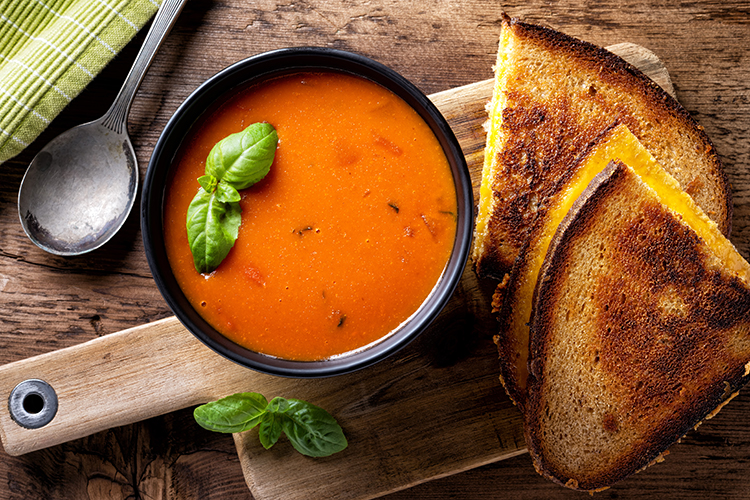
When combined with cultures and flavorings, milk is transformed into a variety of tasty dairy products that can range from creamy cottage cheese to frozen ice cream. In addition to being built up into these products, milk can also be broken down into components that add dairy protein and taste to many different foods.
“Milk’s a really rich organic soup of potential ingredients that we’re now able to harvest commercially,” said Mark Stephenson on the October 27 Hoard’s Dairyman DairyLivestream sponsored by Cargill. The University of Wisconsin-Madison economist likened it to the industry learning how to mechanically separate the cream and skim portions of milk.
Dairy ingredients include products like nonfat dry milk, skim milk powder, whole milk powder, whey products, milk proteins, and lactose. For example, Stephenson shared that casein and whey proteins are naturally separated during cheesemaking, but we can now use microfiltration membranes to do this to milk before cheese is made.
“That provides us with useful, clean ingredient streams that are uncontaminated by the cheesemaking process, which is to say there’s no salt or enzymes or color additives in the by-products. We don’t have to bleach a whey stream if we do that,” he explained. White whey with no color is most valuable for the lucrative worldwide infant formula market. However, many countries do not accept whey that has had the color bleached out of it, so a naturally white product is easier to market.
There are also processes that can separate out proteins like lactoferrin or glycomacropeptides (GMP). In addition to the proteins found in the skim component, desirable molecules can also be separated from the cream of milk, Stephenson noted.
All of these dairy ingredients are a key factor in U.S. dairy exports because of their shelf stability and versatility. According to data from August, ingredients accounted for 84% of all dairy solids sold to other countries that month.
A versatile component
As the name implies, these ingredients are not final consumer products, but rather a part of many kinds of food products in the countries they reach, including here in the U.S. They make their way into things like bakery products, soups, seasonings, infant formulas, beverages, and more.
Though we may not even realize some of these components are in milk, food formulators consider their properties, flavor, and usefulness when developing product. “How does it gel, how does it foam, what’s the sheer strength of the foam, what is it’s stability under heat or pH?” Stephenson identified. Of course, flavor is also considered.
These needs are where we have to take into account what a customer wants when they’re looking for dairy ingredients, Stephenson continued. Staying cost competitive and providing the properties that food developers want to use will open up even more of this interesting market.
“Dairy as a natural ingredient source, I think, has a potent future,” he concluded.
To watch the recording of the October 27 DairyLivestream, go to the link above. The program recording is also available as an audio-only podcast on Spotify, Google Podcasts, Apple Podcasts, and downloadable from the Hoard’s Dairyman website.
An ongoing series of events
The next broadcast of DairyLivestream will be on Wednesday, November 17 at 11 a.m. CST. Each episode is designed for panelists to answer over 30 minutes of audience questions. If you haven’t joined a DairyLivestream broadcast yet, register here for free. Registering once registers you for all future events.








